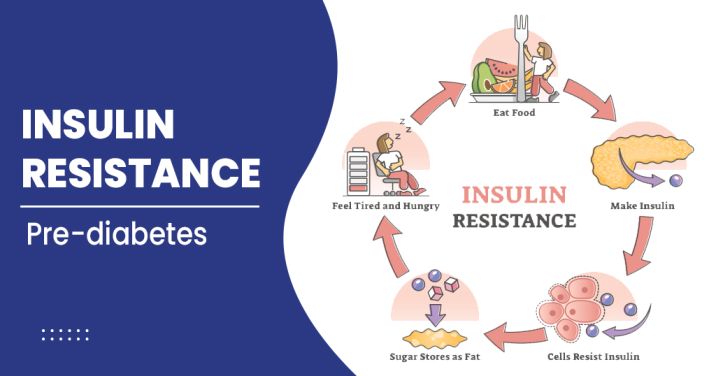
How can one predict Insulin Resistance and Type 2 Diabetes Mellitus and how can a Diabetic Rehabilitation Healthcare Program help overcome Insulin Resistance and Type 2 Diabetes Mellitus?
‘Insulin Resistance’ occurs when your body cells do not respond to insulin, and your body needs to release more insulin to control blood sugar levels. Insulin resistance is one of the common symptoms of metabolic syndrome and an early stage in developing type 2 diabetes mellitus.
The HOMA – IR (Homeostatic Model Assessment of Insulin Resistance) test is used to measure insulin resistance, an early stage of type 2 diabetes mellitus that increases your risk of many chronic diseases. This tests helps estimate how much insulin your body needs to keep your blood sugar levels in check.
The optimal insulin sensitivity if your HOMA-IR is less than 1. Levels above 1.9 signal early insulin resistance whereas levels above 2.9 signal significant insulin resistance in the HOMA – IR test.
Insulin Resistance can cause Diabetes, Metabolic Syndrome, Heart disease, Liver disease and Polycystic Ovary Syndrome (PCOS).
Thus, the HOMA – IR test can help predict the level of insulin resistance thus helping in estimating the risk of Pre-Diabetes and Diabetes Mellitus Type 2. On the basis of a HOMA – IR test, the Diabetes Rehabilitation Specialist can help you overcome the risk of Pre-Diabetes and Diabetes Mellitus Type 2 by helping you normalize the blood sugar levels. A customised Diabetic Rehabilitation Healthcare Program will include a thorough medical history, assessment, examination on the first day. After a thorough evaluation, the Diabetic Rehabilitation Specialist will create a customised Diabetic Rehabilitation Healthcare Program which would consist of Diet and Nutrition recommendations, Optimal Physical Activity, Advanced Modalities, Regular Blood sugar monitoring, Diabetes Education Sessions and Specialist consultations in order to help one overcome Insulin Resistance and reduce the risk of developing Pre-Diabetes and Type 2 Diabetes Mellitus.




